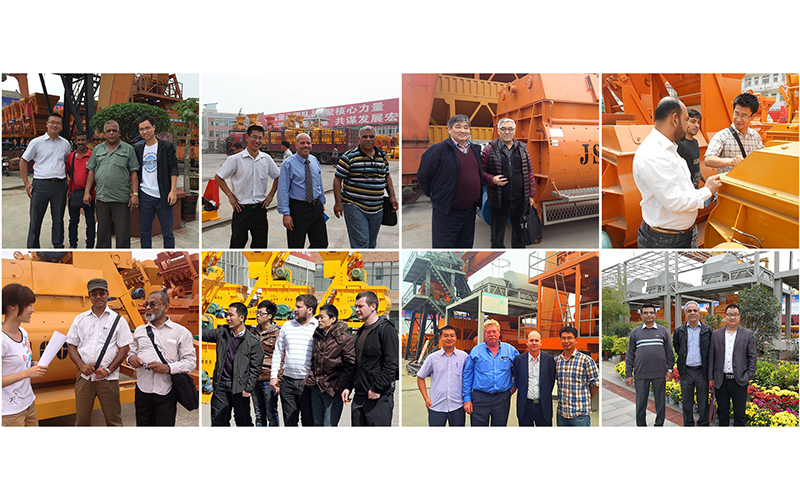

In recent years, Zoomjo products have been exported to many countries. Behind this, Zoomjo has explored an effective "new internationalization path" for construction machinery and even the entire Chinese equipment manufacturing industry with its own practice. Exporting products and enhancing services is just a microcosm of Zoomjo\'s continuous progress on the "Belt and Road". Not only that, Zoomjo is a step ahead in global resource allocation, and has established a three-dimensional and in-depth new pattern of "two horizontal and two vertical" in the world. The new internationalization journey started in 2013. At present, my country\'s foreign exchange to countries along the "Belt and Road" has exceeded 50 billion US dollars, and more than 100 countries have responded. Zoomjo also followed suit, opening a new chapter in international capacity cooperation. In order to realize the allocation of resources such as R&D, sales, and services on a global scale, Zoomjo pays close attention to key countries, and through continuous expansion of its business territory and targeted implementation of foreign investment, it realizes the transfer of advantageous production capacity, consolidates industry status, and enhances key regions. Comprehensive competitiveness, forming a localized manufacturing cluster around the "Belt and Road". The promotion of the “One Belt, One Road” national strategy, in addition to sharing the prosperous economy with the countries along the route, is more important to accelerate the integration and symbiosis of regional cultures along the “One Belt One Road” route. The promotion of the “One Belt, One Road” national strategy, in addition to sharing the prosperous economy with the countries along the route, is more important to accelerate the integration and symbiosis of regional cultures along the “One Belt One Road” route. In terms of promoting cultural integration, Zoomjo has established efficient communication channels and strategies to detect and solve problems in a timely manner, so as to better resolve cultural conflicts arising from transactions, and promote cultural exchange and integration.
